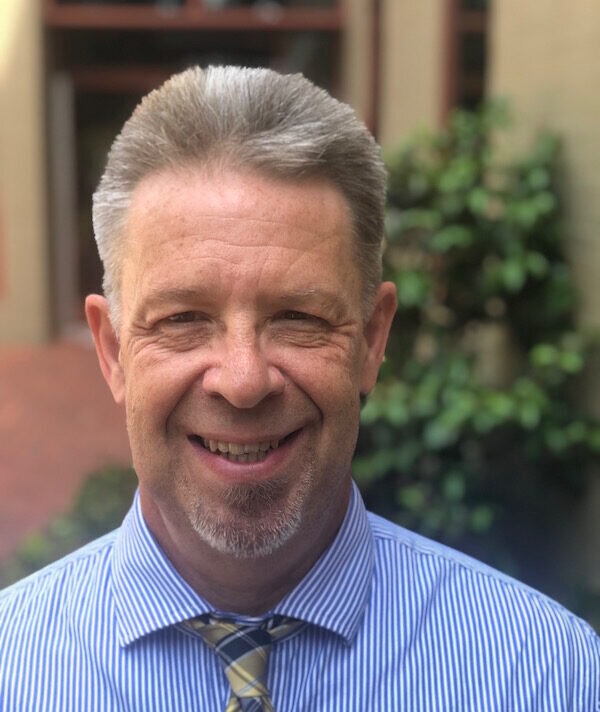by John Trump

Waiting.
That’s what we do in North Carolina these days.
We wait.
Wait is one of the Cooper administration’s three Ws, somewhere between wash and wear. No ironing needed.
We wait in lines, six feet between us and anybody else.
But mostly we wait for the governor and his staff to tell us when it’s safe to go outside. To a bar, a gym. To work or to school.
Gov. Roy Cooper dithered for weeks on schools before issuing a one-size-fits all reopening plan filled with confusion and contradictions. It’s not practical to expect a teacher to ensure 6-year-olds wear face masks, which, in fact, runs counter to an earlier mask order exempting children altogether.
Cooper says schools, under his Plan B, can decide whether to proceed with in-person teaching — assuming they follow innumerable and often illogical precautions and safeguards — or to simply continue teaching students virtually. But what about students without computers or effective broadband? Or parents without child care?
The American Academy of Pediatrics offered extensive guidance on opening schools, which, the group says, are “fundamental to child and adolescent development and well-being.”
“The AAP strongly advocates that all policy considerations for the coming school year should start with a goal of having students physically present in school. The importance of in-person learning is well-documented, and there is already evidence of the negative impacts on children because of school closures in the spring of 2020.”
Cooper’s plan gives schools an easy out. It’s too difficult and expensive, they’ll say. Schools will want more time, more money.
Dr. Mandy Cohen, state health department secretary, in a news conference Tuesday, July 14, said something about the administration working to “tailor” school reopenings to individual districts, of which the state has 115. If that were truly the case, Cooper would defer to school leaders — from Boone to Bath — to reopen schools based on regional scenarios.
Instead, he issued another statewide edict.
And for that, again, he made us wait.
Bars and gyms closed March 17, because Cooper and Cohen talked ad nauseum about flattening the curve. Five weeks later he “paused” Phase Two, as it applies to bars, gyms, and other venues where people gather. He stalled opening those businesses for another three weeks and, on Wednesday, another three weeks again.
So we wait.
Senate leader Phil Berger, R-Rockingham, offered a snarky yet poignant response to Cooper’s schools’ plan.
“Gov. Cooper’s plan gets students halfway to where they need to be. But much like jumping over a creek, halfway doesn’t cut it,” Berger said in a statement.
“The Governor’s plan makes worse the very inequities a public school system is supposed to resolve. Students whose parents do not have the time or resources to supplement ‘virtual’ schooling will fall even further behind simply because of the condition of their birth. That’s an unspeakable travesty.”
State data on COVID-19, simply put, is unreliable, as Carolina Journal and the John Locke Foundation have reported.
North Carolina confirmed 91,266 cases of COVID-19 as of July 15, but, based on the number of reported recoveries, the actual number of active cases is closer to 18,894, CJ’s Julie Havlak reported Thursday.
More than 10.5 million people live in North Carolina, so that comes to about 18 people out of every 1,000.
Jon Sanders, JLF director of regulatory studies, on Wednesday wrote that 44.5 times more people in North Carolina have recovered from COVID-19 than succumbed to it. That 76.7% of the state’s known cases have already recovered.
I’ve said it myriad times: The virus is dangerous, and we should do our best to protect each other, especially the elderly and vulnerable. Wear a mask.
I’ve said this, too: Spouting data and relying on science is useful and helpful only when that data and science are complete, contextual, transparent, and accessible. When that data and science are shared among experts and elected officials. When public conversations ensue, and reporters ask pertinent, probing questions. When, like CJ, media entities question the data, as well as the political motivations. When the media, and state residents, start holding elected officials accountable, rather than parroting their talking points and partisan agendas.
I, for one, am tired of waiting.
